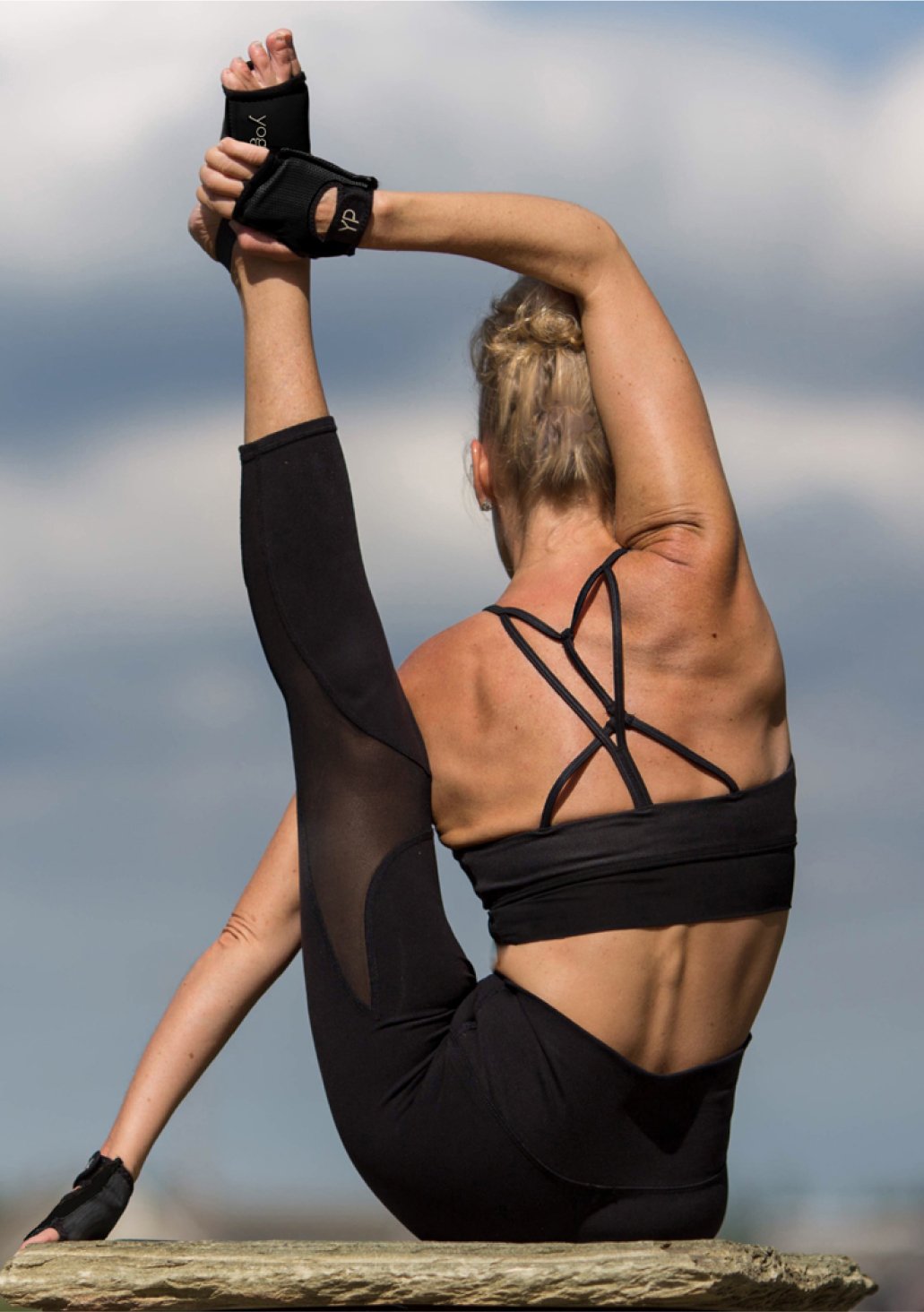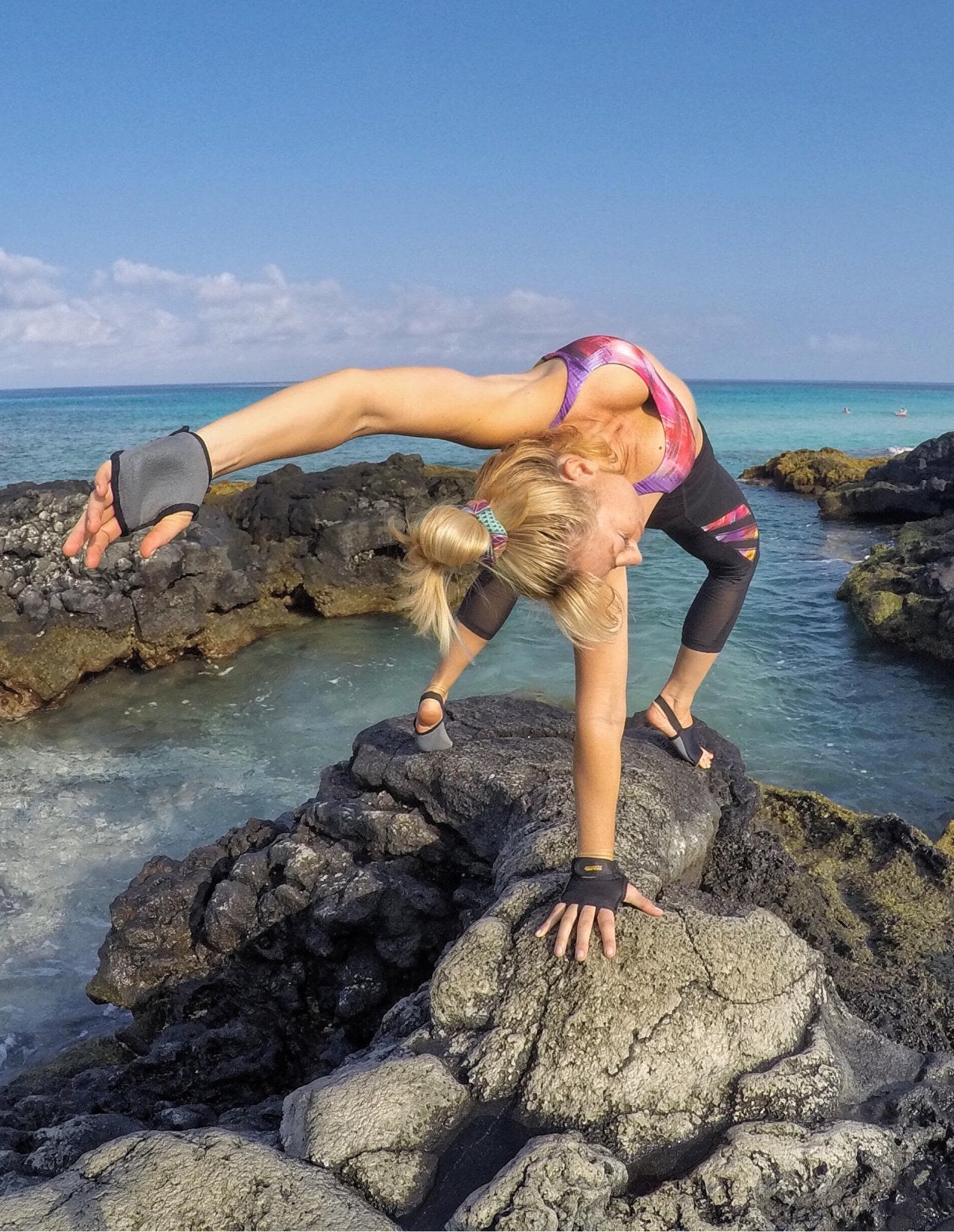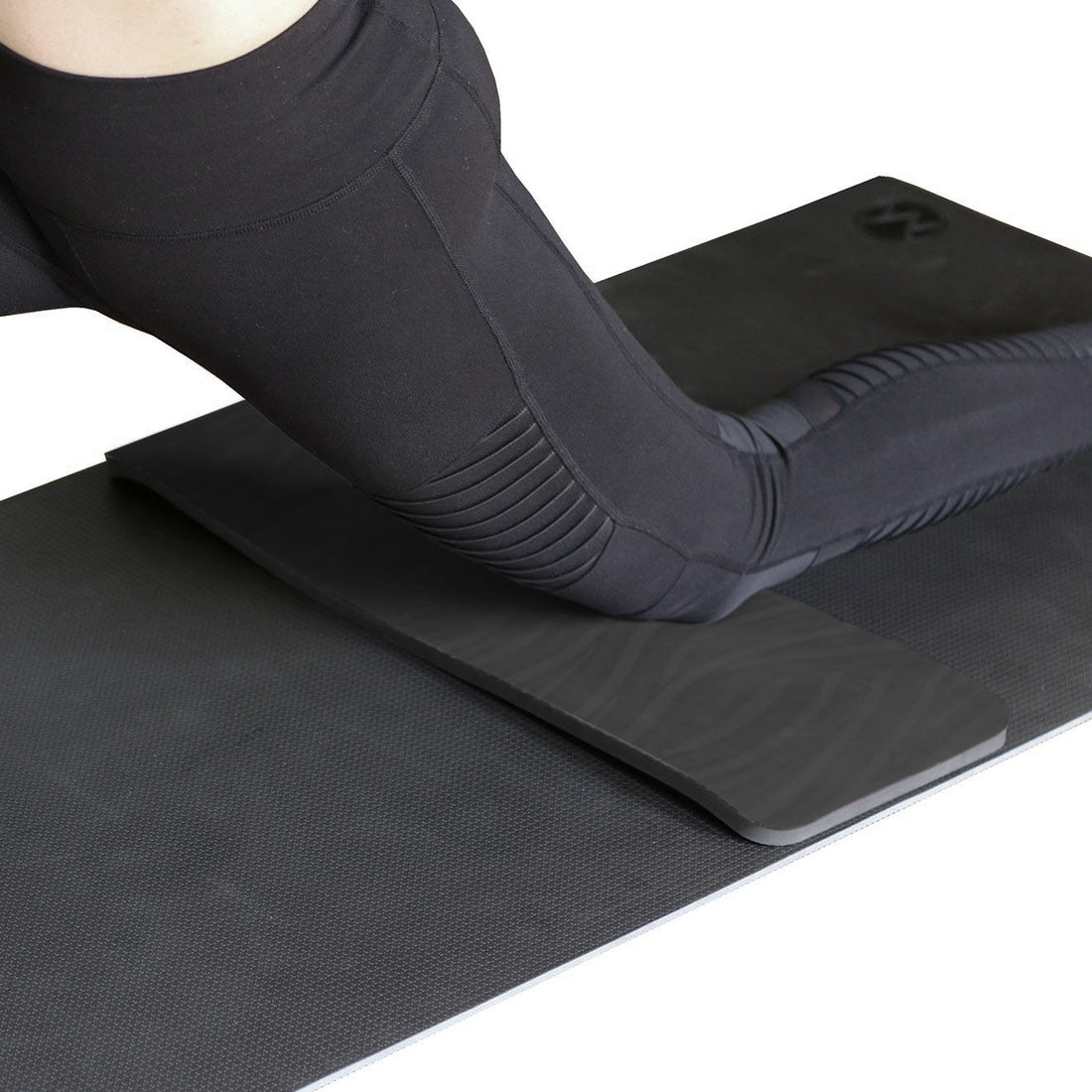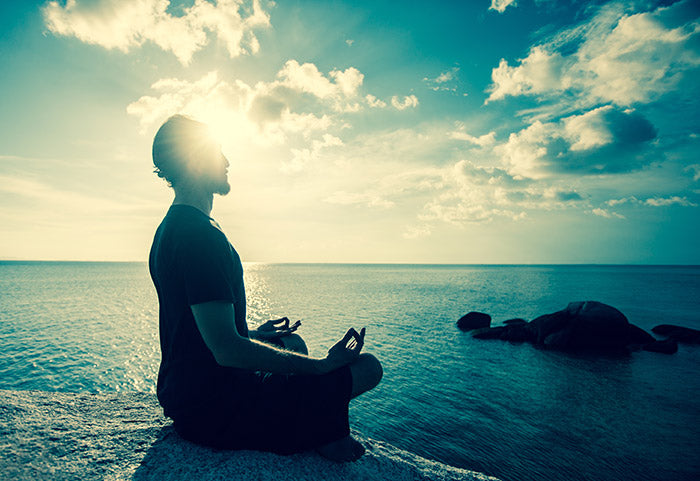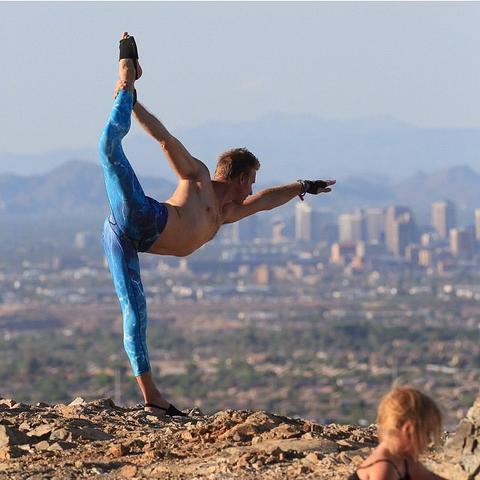 It’s a noisy world. Sometimes all that sound is welcome. What would the day be without conversation, music, or without the rush of the wind or the rippling of waves? At other times, the swirl of voices, microwave beeps and cell phone reminders gets so loud that it’s hard to tune out. No wonder more and more people are using their vacation time for 10-day meditation retreats during which students cannot talk, text, access a computer or, in some programs, read.
It’s a noisy world. Sometimes all that sound is welcome. What would the day be without conversation, music, or without the rush of the wind or the rippling of waves? At other times, the swirl of voices, microwave beeps and cell phone reminders gets so loud that it’s hard to tune out. No wonder more and more people are using their vacation time for 10-day meditation retreats during which students cannot talk, text, access a computer or, in some programs, read.
Not everyone can get away for a week-and-a-half of silent self-study, nor would everyone want it. Your yoga practice can be a portal to that experience in a way that easily works within your lifestyle. When you walk into a yoga studio, take your first step toward stillness by keeping your conversation in the changing room or welcome area. Or, when you begin a home practice, let your family, roommates and even your pets know that you need some alone time while you’re practicing. Take a cue from some hot practices and enter into Savasana (Corpse Pose) for 10 to 15 minutes before you take your first asana. If you need to stretch a little before starting your practice, do so gently.
If you’re in a class, try to let the teacher’s voice and the music pass through your mind rather than holding onto them, processing every nuance.
Allow your body to respond to the rhythm without over-thinking. Invite your brain to take its own time-out while your breath and body move in unison. Try to let go of the thoughts that crowd in about whether you’re doing the pose right, or whether you can reach the floor or kick up to the ceiling.
The idea of a quiet mind isn’t just for Savasana. It’s something that needs to guide the entire practice. In that calm place, it’s easier to find the discernment needed to determine whether you should be seeking your edge in Hanumanasana (Splits) or whether your ego is tempting you to stretch beyond what’s capable for your hamstrings in this moment.
Don’t be surprised if you find the silence “difficult” or “empty.” Even if you are a longtime yoga student, it can take quite a bit of adjusting to. If you have had a stressful day, or are feeling like you are “stuck” in your yoga practice, sometimes you might feel like it is altogether too easy to use the quiet space to let all the inner negative voices have a shouting match inside your head. You might even wish that somebody would talk to you, just so you had to concentrate on something else. That’s a perfectly normal reaction, and also one of the reasons why silence is an important way yoga teaches you about yourself.
The quiet of a yoga class is designed to help you filter out peripheral or sensory distractions. Not having the radio or your iPod cranked up makes it easier to listen, not to the external sounds, but to your own thoughts and instincts. Not having other peoples’ conversations in your ears might make it easier to have one with yourself. Becoming more than tolerant of the quiet starts with trusting your mind to guide you to positive, productive places and also to have the discernment in the physical practice to tell yourself where to go. The inner dialogue you create deepens your practice mentally and physically.
Becoming more than tolerant of the quiet starts with trusting your mind to guide you to positive, productive places and also to have the discernment in the physical practice to tell yourself where to go. The inner dialogue you create deepens your practice mentally and physically.
Start working on using the silence to guide your intention in and out of class. At first, take a few minutes at the beginning and end of your day to practice directing your focus away from any mental clutter. Think of the quiet in the room as a curtain you can close against any chaotic thoughts or “monkey mind” moments.
Bring your awareness into the present moment. If you find it hard to empty your mind, choose two or three concepts, images or ideas (maybe you want to devote that class to ahimsa, or maybe you want to hold an image of the goddess Kali in your mind) and hang on to those. Then, try to explore some aspect of those things more deeply.
Play with these techniques to help you learn to embrace the lack of words in class and in your life. And, remember, just because you aren’t talking doesn’t mean you aren’t communicating. You are still using your whole body to express yourself. And, when you do speak, your words will be clearer, more meaningful and more fully a reflection of the real you.
Featured Yogi: @alena.yoga in Tortoise Pose



